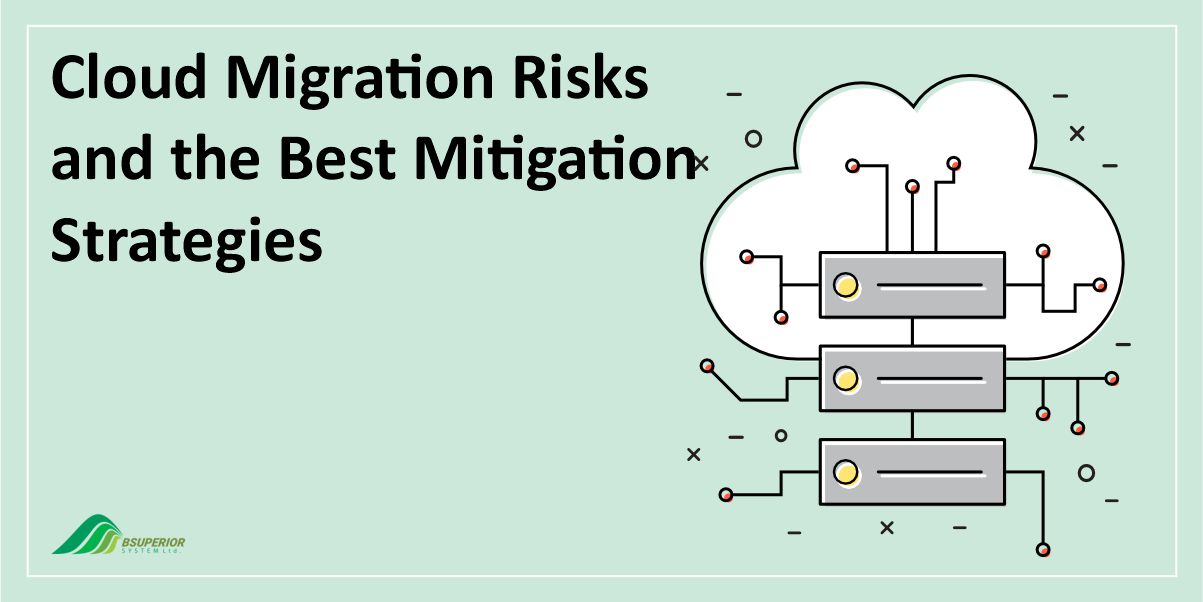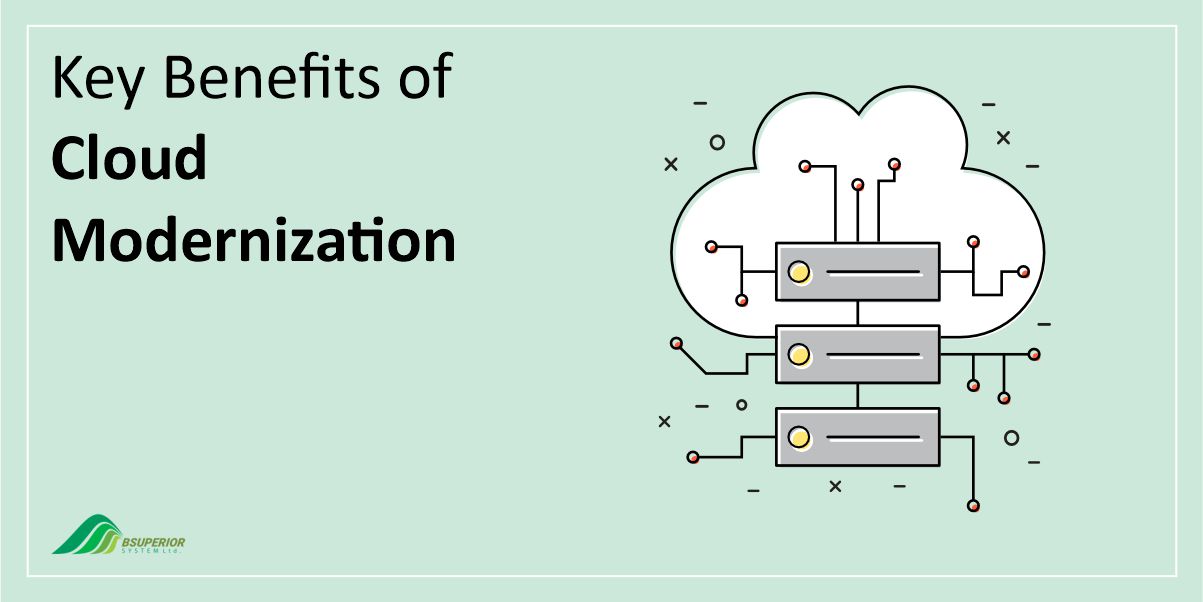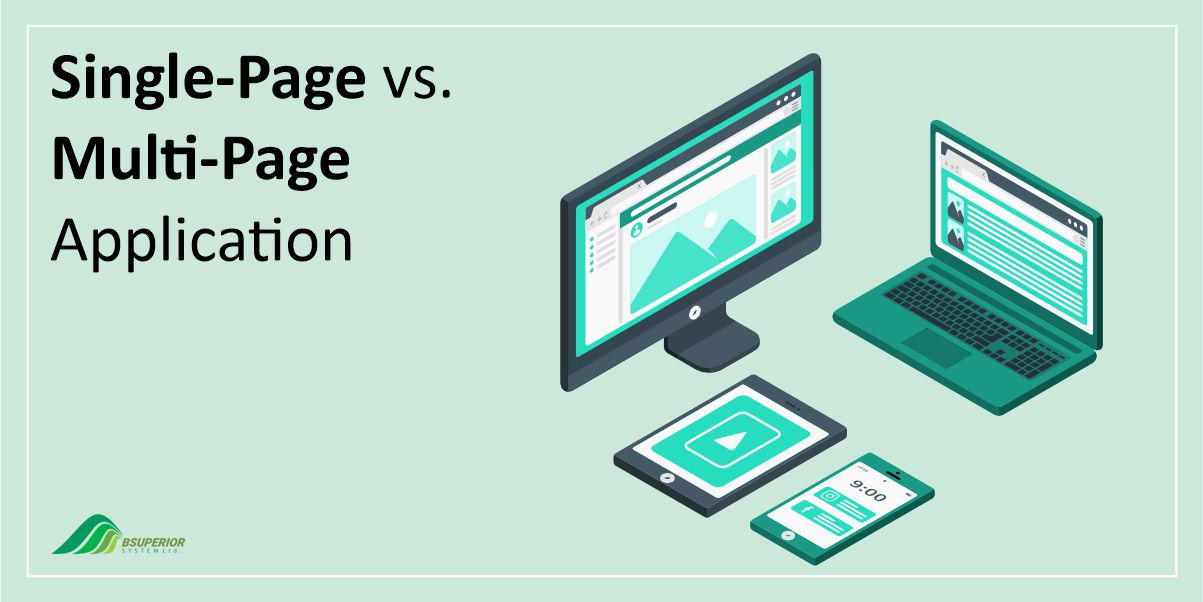Cloud Migration Risks and the Best Mitigation Strategies

Table Of Content
We have witnessed a key technology trend in the past few years. Many businesses have decided to integrate the cloud into their IT ecosystems and migrate their data from on-premise data centers to cloud-based storage.
While this adoption is argued to modernize the IT infrastructure of various organizations and provide them with many advantages, there are certain migration risks and challenges that are likely to emerge along the way.
That is what we are going to discuss in this blog post. In addition to the migration risks, we will take a look at a number of practical mitigation strategies that businesses need to take into account.
Understanding Cloud Migration
Cloud migration refers to the process of transferring an organization’s digital assets, either partially or entirely, from an on-premises or colocation data center, or even another cloud environment, to a cloud-based solution.
ّIn this process and once migrated, the cloud provider assumes responsibility for infrastructure and service maintenance and allows the organizations to focus on core business initiatives.
By eliminating the need to manage and maintain infrastructure, cloud migration allows organizations to gain the freedom to innovate and adapt more readily.
Furthermore, cloud-based solutions can effectively support geographically dispersed users and facilitate the implementation of a robust disaster recovery plan.
Read more: ERP Data Migration: The Essentials You Need to Know
Data Migration Risks
It is clear that moving to the cloud offers numerous benefits. However, we must keep in mind that it also comes with its fair share of challenges. Below we’re going to take a look at 7 main challenges that businesses encounter during cloud migration.
Risk 1: Security Concerns
One of the main challenges and risks of transitioning to the cloud is related to security. Businesses must address potential vulnerabilities given that data stored in the cloud can be susceptible to cyber threats such as malware, phishing, and ransomware.
What’s more, since data is stored offsite, organizations need robust security measures to protect against unauthorized access or theft.
Risk 2: Data Integrity and Loss
Another risk during cloud migration is the possibility of data loss, corruption, or incompleteness. Factors such as technical issues, power outages, or human errors can contribute to this concern when businesses move their data to a new location.
Risk 3: Lacking a Clear Strategy
When organizations move to the cloud without a clear and detailed migration strategy, they are very likely to face major risks. There are several key decisions in this regard that need to be made during the cloud migration process. These are:
- IT Asset Allocation: Different data and applications may be better suited for on-premises storage or placement in public or private cloud environments.
Many organizations adopt a hybrid cloud approach, distributing assets across on-site infrastructure and various cloud platforms. A well-defined cloud migration strategy should outline the optimal placement for each IT asset. - Choosing Cloud Platforms: Numerous cloud providers offer diverse options, each tailored for specific purposes. Before migrating, organizations must identify the platform that is best suited to their use cases.
- Application Deployment Strategy: Cloud environments introduce new application deployment options, such as serverless functions and containerization.
As a result, the migration plan should determine whether existing applications will be directly migrated or rearchitected to fully take advantage of the cloud’s capabilities.
Risk 4: Prolonged Cloud Migration
Many organizations have built their IT environments over several years within on-premises settings. However, applications and infrastructure designed for on-premises deployment do not always seamlessly transition to the cloud.
As a result, an organization’s cloud migration process can take much longer than expected as it re-architects systems and applications for cloud environments.
This extended migration process will bring about several implications such as:
- Performance and Productivity: During the migration process, IT infrastructure may exist in transitional states where some resources are in the cloud while others remain on-premises.
These intermediate stages may not be fully optimized and thus lead to temporary performance and productivity dips that could impact the organization and its customers. - Security Implications: Security risks are another consequence of prolonged migration periods with intermediate states. Failure to synchronize security policies and solutions with the migration process is likely to leave corporate data and applications vulnerable to attack.
- Resource Consumption: Considering the fact that cloud migration requires a substantial investment of time and resources, an inefficient migration strategy can lead to wasted resources and increased costs for the organization.
Risk 5: Service Outages
When businesses move to the cloud, they will probably deal with operational risks such as possible downtime and service interruptions, which can severely disrupt their activities.
Dependence on a Cloud Service Provider’s infrastructure during cloud migration makes these interruptions more difficult to predict or resolve. Such events can affect the company’s customer service capabilities in a negative way, damaging its reputation and financial performance.
While some businesses have local backups to cope with such cloud migration risks, this solution can introduce its own sets of complexities. In industries reliant on data, like insurance or tax services, service interruptions can cause data inaccessibility.
Therefore, it is vital to have contingency plans to address potential service disruptions and maintain uninterrupted business operations.
For creating powerful websites, explore our Web App Development Services for expert help and the latest in website building.
Risk 6: Lack of Control and Expertise
Moving to the cloud can also lead to a perceived lack of control. Organizations may have limited visibility into how their data is managed by cloud providers. This lack of transparency will hinder troubleshooting efforts when issues arise with the hosted data or applications.
To address this issue, businesses should gain a comprehensive understanding of how their data is handled in the cloud. In addition, it is essential to have clear communication with cloud providers and robust monitoring mechanisms to lower these control-related challenges.
Risk 7: Compliance Issues
Given the evolving regulatory landscape, compliance issues are another challenge that you may encounter when moving to the cloud.
In this regard, organizations need to navigate complex requirements, data residency restrictions, and security considerations. However, by understanding the regulations and implementing the best practices, businesses can effectively manage compliance in the cloud.
Note that compliance is an ongoing process, and staying informed about changes in regulations is important for maintaining a secure and compliant cloud environment.
Read more: What is Application Modernization? All You Need to Know
Understanding Mitigation Strategies
Now that you have a clear idea of the potential risks and challenges involved in the process of cloud migration, it is a good idea to discuss what can be done to mitigate such risks.
Let’s start with a general definition of risk mitigation. Risk mitigation involves planning for potential disasters and finding ways to minimize their negative consequences.
While the core principle of risk mitigation is to prepare businesses for all possible risks, an effective mitigation plan sizes up the impact of each risk and prioritizes planning accordingly.
Rather than attempting to avoid risks altogether, mitigation strategies mainly focus on managing the aftermath of disasters and taking proactive steps to reduce undesirable and potentially long-term consequences.
Different Types of Risk Mitigation Strategies
Risk mitigation strategies come in various forms and are often used in combination to address risks within a company. Depending on the specific risk landscape, certain strategies might be more effective than others. These strategies can be put into the following groups:
- Risk Avoidance: This strategy is used when the consequences of a risk are considered too high to justify the cost of addressing the issue. Organizations in such cases may choose to avoid specific business activities or practices altogether to prevent exposure to potential threats.
- Risk Acceptance: In some other cases, it makes sense to accept a risk for a defined period to prioritize efforts on other risks. By acknowledging a risk, organizations will be able to better allocate resources.
- Risk Transfer: In risk transfer, responsibilities are distributed among different parties based on their capacity to protect against or mitigate the risk.
- Risk Monitoring: This strategy involves closely monitoring projects and associated risks to track any changes in their impact.
Best Mitigation Strategies to Manage Cloud Migration Risks
As we highlighted above, adopting a cloud-based solution, one way or another, is associated with a number of risks. The good news is that by following several essential mitigation practices you can effectively manage these risks. Let’s see what you can do to mitigate the challenges.
Strategy 1: Detailed Planning
Detailed migration planning has the potential to mitigate cloud migration risks while also providing opportunities to modernize legacy applications and align IT strategies with business objectives.
During planning, it is necessary to assess which assets are cloud-ready and which should remain in the data center. Moreover, you need to determine the most suitable cloud model and identify any applications that need updating.
Strategy 2: Data Backup
Data loss is a major risk that can happen during cloud migration. Therefore, it is crucially important to create a complete and current backup of all critical data before the migration begins.
Frequent backups as well as pre-migration backups are best practices that will help with data recovery in case any issues arise during the migration process.
Strategy 3: Prioritizing Security and Regulatory Requirements
It is important for businesses to have a clear understanding of not only their cloud migration security but also the related regulatory demands, i.e. they need to establish a cloud architecture and transition strategy that aligns with government regulations.
Furthermore, organizations should enforce their own security policies, including authentication and authorization protocols.
They are also advised to develop a governance framework that outlines data protection protocols, cyberattack responses, and other security-related controls is crucial.
Strategy 3: Partnering with a Cloud Expert
To address the complexities of cloud migration, organizations need to collaborate with experienced third-party cloud providers that possess the necessary expertise.
A trusted cloud partner (check out below to learn more) will help businesses fully understand their technical requirements, security considerations, and compliance needs.
More importantly, throughout the cloud migration process, the partner offers guidance and support.
This includes a wide range of activities from assessing the existing environment to executing the move and testing the effectiveness of the new environment that will eventually guarantee a successful and secure cloud migration.
Conduct Your Data Migration with BSUPERIOR
There is no doubt that transitioning to the cloud provides businesses with numerous advantages. However, in order to realize these benefits, you need careful planning to mitigate the inherent risks associated with such an important process.
Given the complexity of cloud migration, partnering with a qualified service provider will be your best choice. BSUPERIOR offers comprehensive cloud migration solutions that are designed to streamline the process and contribute to a smooth transition.
What’s more, BSUPERIOR’s DevOps development and consulting services focus on a variety of cloud-based services, drawing from extensive experience with major vendors such as AWS, Azure, DigitalOcean, and Linode.

They offer services such as assessment and planning, process automation, security integration, and operational management that will help organizations optimize their development and operations processes.
With that being said, if you are looking for expert guidance and support throughout the cloud migration process, BSUPRIOR’s professional IT services can help you future-proof your applications. Contact us today to learn more about our end-to-end cloud migration support.
We value your input and believe this content may enhance our services. However, it's under review. If you see room for improvement, please use the "Report an issue" button below. Your feedback helps us excel.
Contact us today at –– and speak with our specialist.




